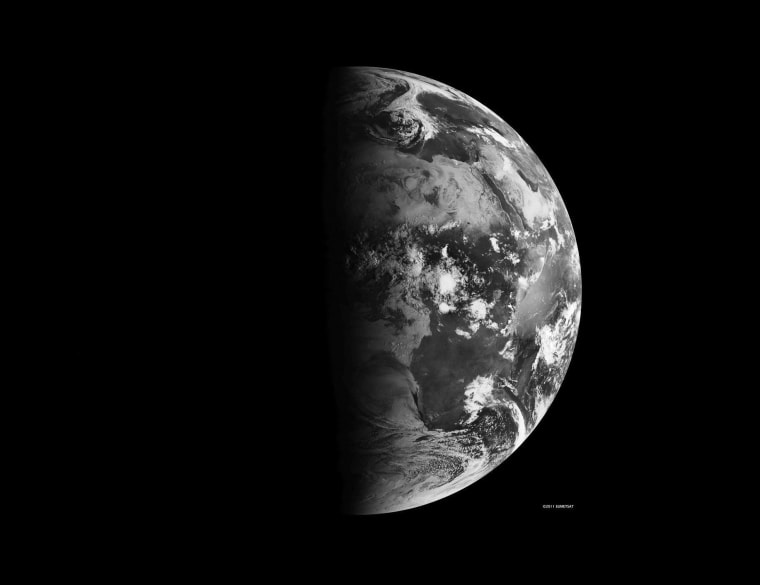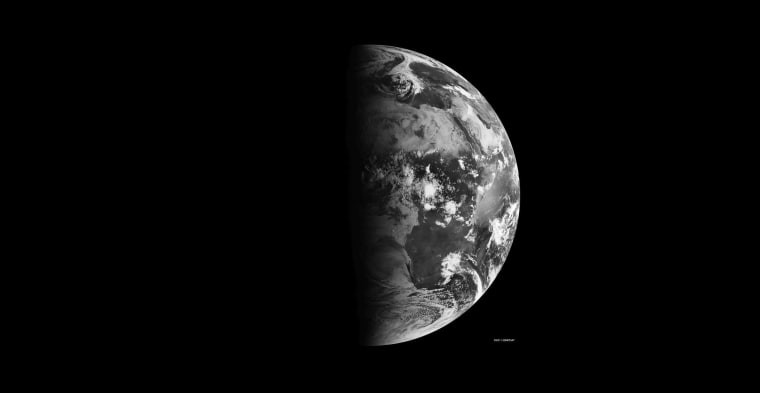Sick of long, hot summer days? Well, you're in luck. Astronomically speaking, it's turning to autumn in the north.
Autumn officially begins in the Northern Hemisphere at 10:29 p.m. ET Monday. This also marks the start of spring in the southern half of the globe.
This date is called an equinox, from the Latin for "equal night," alluding to the fact that day and night are then of equal length worldwide. But that is not necessarily correct. [Infographic: Equinoxes and Solstices Explained]

Referring to the equinox as being a time of equal day and night is a convenient oversimplification. For one thing, it treats night as simply the time the sun is beneath the horizon, and completely ignores twilight. If the sun were nothing more than a point of light in the sky, and if Earth lacked an atmosphere, then at the time of an equinox, the sun would indeed spend half of its path above the horizon and half below.
But in reality, atmospheric refraction raises the sun's disc by more than its own apparent diameter while it is rising or setting. Thus, when the sun looks like a reddish-orange ball just sitting on the horizon, it's really an optical illusion. It is actually completely below the horizon.
In addition to refraction hastening sunrise and delaying sunset, there is another factor that makes daylight longer than night at an equinox: Sunrise and sunset are defined as the times when the first or last speck of the sun's upper or lower limbs — not the center of the disc — are visible above the horizon.
And this is why if you look up the times of local sunrise and sunset on Monday, you'll see that the duration of daylight, or the amount of time from sunrise to sunset, still lasts a bit more than 12 hours. In New York City, for instance, sunrise is at 6:43 a.m., and sunset is at 6:54 p.m. So the amount of daylight is not 12 hours, but rather 12 hours and 11 minutes. Not until Sept. 26 are the days and nights truly equal.
— Joe Rao, Space.com
Joe Rao serves as an instructor and guest lecturer at New York's Hayden Planetarium. He writes about astronomy for Natural History magazine, the Farmer's Almanac and other publications, and he is also an on-camera meteorologist for News 12 Westchester, New York.
This is a condensed version of a report from Space.com. Read the full report. Follow Space.com on @Twitter, Facebook and Google+.
